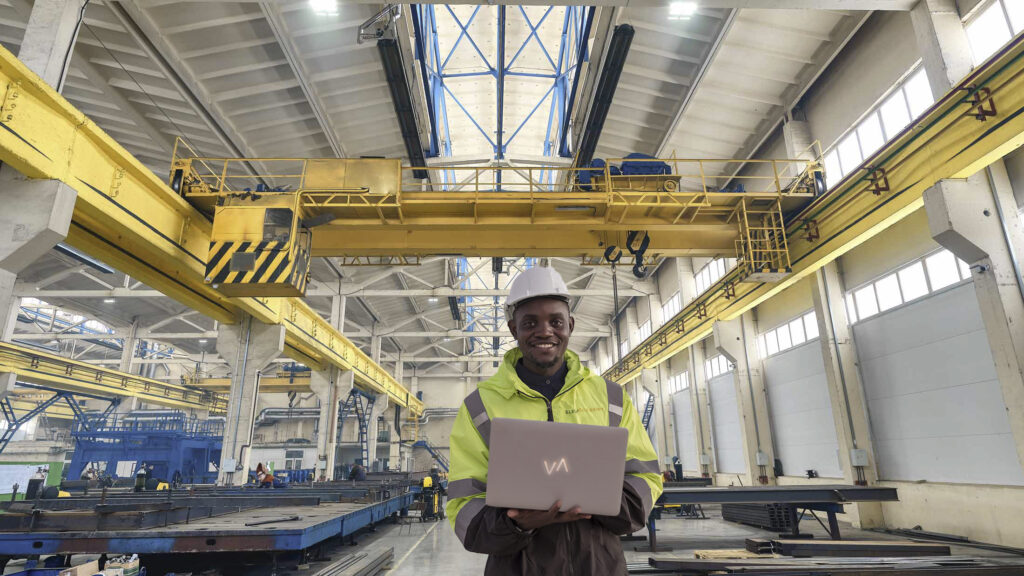The Importance of Load Balancing in Lifting Operations
One of the most critical aspects of safe load handling is ensuring the load is properly balanced before lifting. Poor load balance can cause tipping, shifting, or dropping of the load, leading to equipment damage, serious injuries, or even fatalities. While ensuring safe working load limits and proper equipment use are important, load balancing is often overlooked.
In this ELEVATIP, we’ll explore why balancing loads is crucial, common mistakes, and best practices to ensure every lift is safe and controlled.
Why Load Balancing Matters
When a load is unevenly distributed, it can shift unexpectedly during lifting or moving, causing the equipment to become unstable. This instability can result in tipping or sudden drops, especially in dynamic environments where loads are moved through various spaces or over uneven terrain.
A well-balanced load ensures even tension on all parts of the lifting equipment, reducing stress on the rigging points, slings, and other load-bearing components. It also improves control, allowing workers to position loads with greater precision, reducing the risk of accidents and product damage.
Common Mistakes When Balancing Loads
Best Practices for Proper Load Balancing
The Role of Communication in Load Balancing
Clear communication between the operator and rigging crew is essential. Using standardised hand signals or radios ensures everyone knows when the lift is starting, how the load is moving, and when it’s being set down. Effective teamwork can help avoid sudden shifts or instability during transport.
Importance of Regular Equipment Inspections
Even with the best load balancing practices, lifting equipment needs to be in optimal condition to ensure safe handling. Regular inspections help detect wear and tear, ensuring that slings, chains, and other load-bearing components are not compromised. This is particularly important after heavy use or when handling larger loads.
Conclusion
Balancing loads properly is a vital step in ensuring the safety and efficiency of any lifting operation. Identifying the centre of gravity, using appropriate lifting gear, and adapting to dynamic conditions are all critical to avoiding accidents. By following these practices, workers can prevent tipping, shifting, or dropping of loads, making the workplace safer and reducing downtime caused by accidents.

